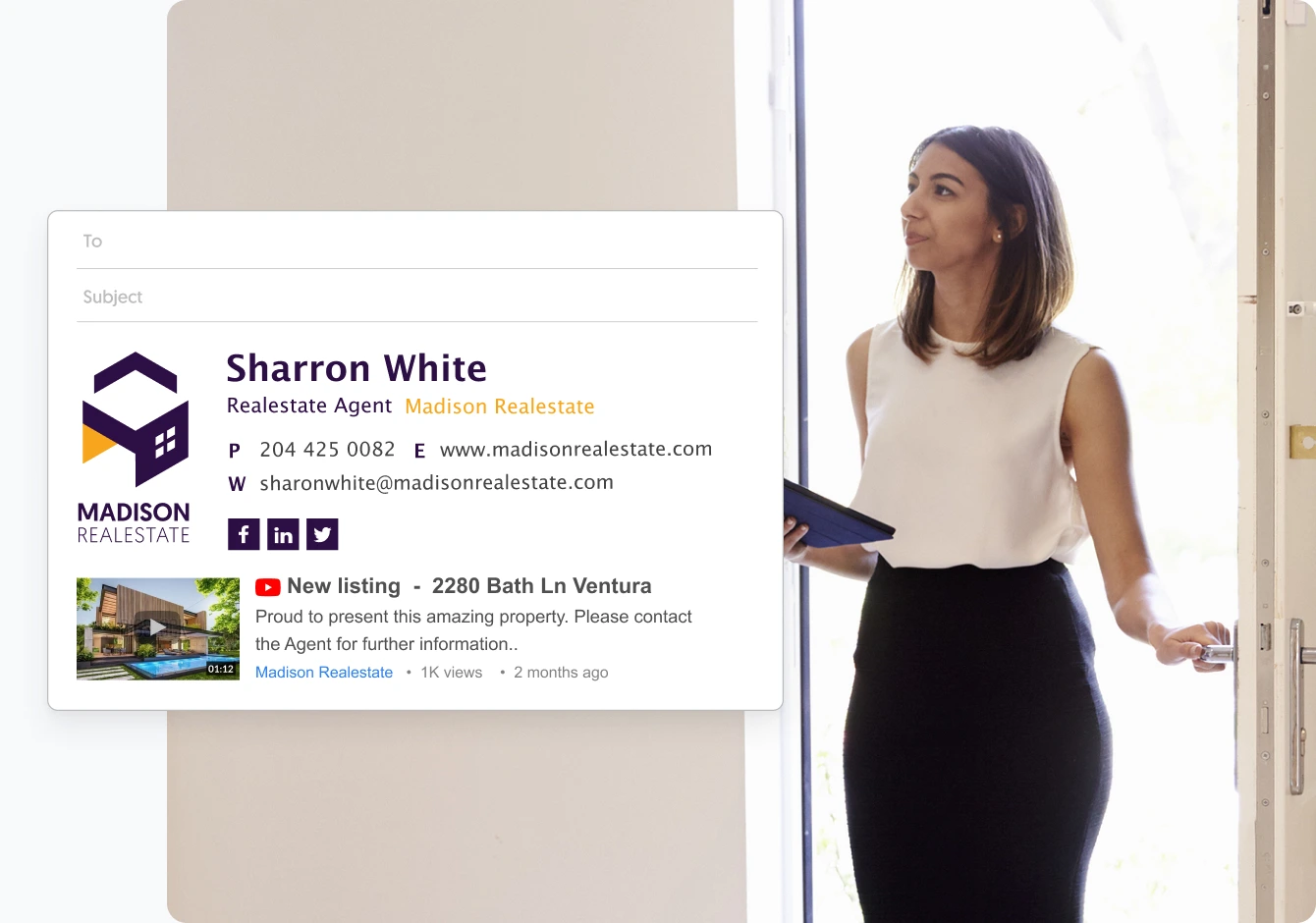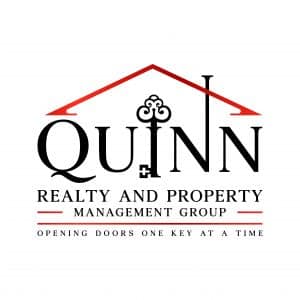Quinn Realty and Property Management Provider Tailored to Your Demands
Optimizing Property Administration Workflow for Long-Term Productivity and Lessee Retention

Reliable Communication Methods
Reliable communication is vital in maximizing residential property administration operations. Effective and clear communication ensures that all stakeholders, consisting of residential property owners, tenants, maintenance team, and administration, are on the exact same page, bring about smoother operations and enhanced tenant contentment. One important aspect of reliable interaction is setting clear assumptions from the beginning. Residential or commercial property supervisors ought to clearly detail lease terms, maintenance procedures, and interaction channels to avoid misconceptions down the line.
Utilizing innovation can additionally greatly improve interaction efficiency in residential property monitoring. Implementing home management software program that permits real-time updates, automated notifications, and easy documentation can improve interaction procedures and boost overall operational effectiveness. Additionally, routine interaction with different networks such as email, telephone call, and in-person meetings can assist foster positive connections with tenants and address any issues promptly.
Technology Integration for Maintenance
In the world of residential or commercial property management optimization, a key part that boosts operational efficiency and upkeep procedures is the combination of innovation for simplifying upkeep tasks. By incorporating technology into upkeep operations, residential or commercial property managers can take advantage of enhanced job order monitoring, aggressive maintenance scheduling, and boosted interaction with upkeep teams and tenants.
One substantial benefit of technology combination in maintenance is the ability to systematize work orders and track upkeep demands digitally. This streamlines the procedure of receiving, appointing, and completing maintenance jobs, causing quicker reaction times and increased occupant complete satisfaction. Predictive upkeep technologies can assist in recognizing prospective concerns before they rise, reducing the probability of expensive repair work and lessening downtime.

Data-Driven Decision Making
Making use of data-driven insights encourages home supervisors to make educated choices that optimize functional efficiency and make the most of asset efficiency. Quinn Realty and Property Management. By leveraging data analytics tools and modern technologies, residential property supervisors can draw out valuable details from various sources such as lessee feedback, maintenance documents, and market fads. This data can supply essential understandings into lessee preferences, operational traffic jams, and cost-saving possibilities
Data-driven decision-making enables residential or commercial property supervisors to identify patterns and trends that may not be noticeable through typical observation. As an example, examining upkeep information may expose reoccuring issues in particular devices, enabling supervisors to proactively resolve underlying problems and avoid future expensive repairs. By keeping an eye on occupant fulfillment metrics and lease revival rates, residential or commercial property managers can tailor their services to fulfill occupant expectations, ultimately boosting lessee retention and lasting productivity.
Moreover, data-driven insights can additionally notify strategic investment choices by highlighting locations for improvement or development based upon market demand and performance metrics. On the whole, incorporating data-driven decision-making processes right find more information into residential or commercial property administration operations can bring about a lot more efficient source allowance, enhanced renter satisfaction, and boosted success over time.
Lessee Fulfillment Initiatives
Attracting insights from data-driven decision-making, building managers can implement targeted occupant complete satisfaction campaigns to enhance general leasing experiences and foster long-term lessee connections. By recognizing renter choices and discomfort points, property supervisors can tailor their services to meet the specific needs of their occupants, inevitably resulting in greater satisfaction levels and increased occupant retention prices.
One effective renter contentment campaign is to develop clear lines of communication with renters to attend to any kind of concerns immediately. Normal feedback surveys can additionally supply important insights right into lessee satisfaction levels and areas for enhancement. Building supervisors can use this feedback to make required adjustments and show tenants that their viewpoints are valued.

Additionally, organizing neighborhood events and services that provide to the interests of tenants can develop a feeling of belonging and improve general contentment. By cultivating a favorable and appealing area atmosphere, residential property managers can strengthen lessee partnerships and motivate lasting leases, inevitably improving earnings and renter retention over time.
Simplifying Operational Procedures
Performance is critical in residential or commercial property management, requiring the optimization of functional procedures to enhance performance and make best use of resources. Streamlining functional procedures involves recognizing locations for improvement, eliminating redundancies, and carrying out systems that improve overall view it effectiveness. One key element of enhancing operational processes is the assimilation of innovation remedies such as residential property administration software, which can automate jobs, streamline communication, and give real-time data understandings. By digitizing processes like upkeep requests, lease collection, and lease revivals, residential or commercial property supervisors can conserve time, decrease errors, and boost tenant fulfillment.
Furthermore, executing standardized procedures and process can assist create consistency across homes, minimize complication, and enhance daily procedures. Routinely evaluating and optimizing these processes is vital to adapt to changing market problems, lessee demands, and governing demands. By constantly looking for means to simplify functional processes, home managers can not only enhance their own efficiency yet additionally provide better services to renters, ultimately leading to lasting earnings and renter retention.
Final Thought
Finally, optimizing property monitoring operations through reliable interaction, innovation combination, data-driven choice making, renter fulfillment efforts, and streamlining procedures is vital for long-term earnings and occupant retention. By implementing these approaches, residential property managers can enhance operational effectiveness, reduce expenses, and enhance occupant satisfaction, inevitably causing enhanced productivity and tenant commitment. It is crucial for building administration companies to continuously examine and readjust their operations to satisfy the advancing requirements of both lessees and the market.
Reliable and clear communication makes sure that all stakeholders, including building owners, occupants, upkeep team, and management, are on the very same page, leading to smoother operations and boosted lessee satisfaction - Quinn Realty and Property Management. By keeping an eye on lessee satisfaction metrics and lease revival prices, property managers can tailor their services to satisfy lessee expectations, ultimately improving renter retention and long-lasting earnings
By continually looking for means to streamline operational procedures, property managers can not only enhance their own effectiveness however likewise deliver far better services to occupants, ultimately leading to lasting success and tenant retention.
In final thought, maximizing property administration operations through efficient communication, modern technology assimilation, data-driven decision making, tenant satisfaction initiatives, and simplifying procedures is necessary for lasting profitability and lessee retention (Quinn Realty and Property Management). By carrying out these methods, home managers can boost check my blog functional efficiency, reduce prices, and improve tenant contentment, inevitably leading to increased productivity and lessee loyalty